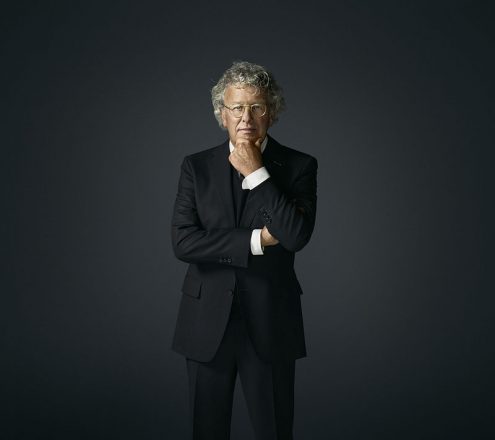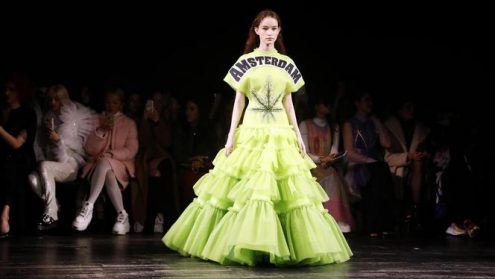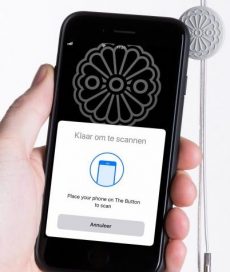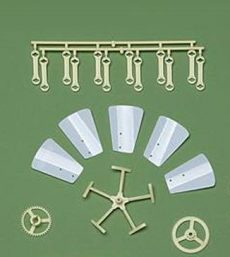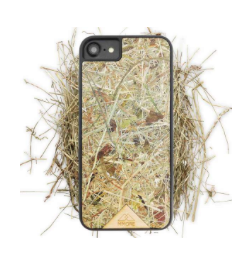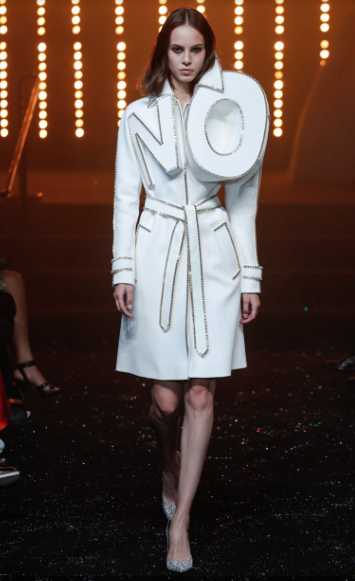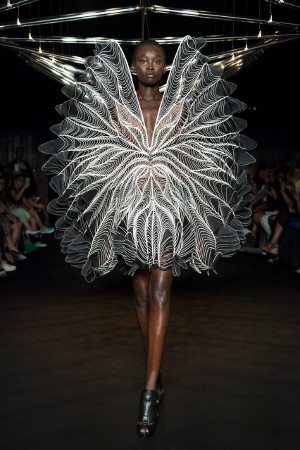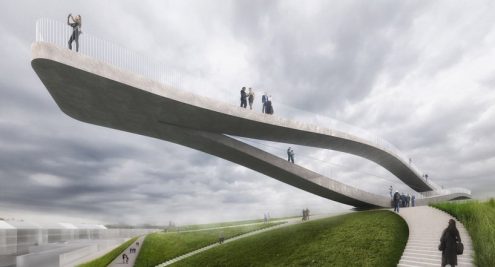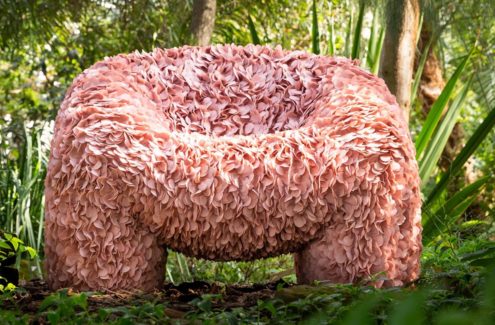
Dutch design brand Moooi has partnered with Argentinian 3D artist Andrés Reisinger to mass-produce his Hortensia chair, also known as “the chair that could not be made”.
Back in 2018, Reisinger designed the chair as a ‘digital’ piece of furniture, but it has now been made into a physical chair covered in 30,000 fabric petals, available in the original pink as well as grey. This chair is said to be the first time that a product designed for the digital world has gone into mass production. The updated version being released by Moooi features a steel frame, rather than wood, covered in injection-moulded foam, while using lightweight polyester fabric laser-cut into long, scalloped strips that are then bunched together into clusters of 40 petals each. Moooi used special sewing machines to sew the petal modules onto a thick, elastic backing textile that is then wrapped around the chair.
“The Hortensia was considered impossible to produce – and yet here we are,” said Moooi CEO Robin Bevers.
(Link and image: dezeen.com)

